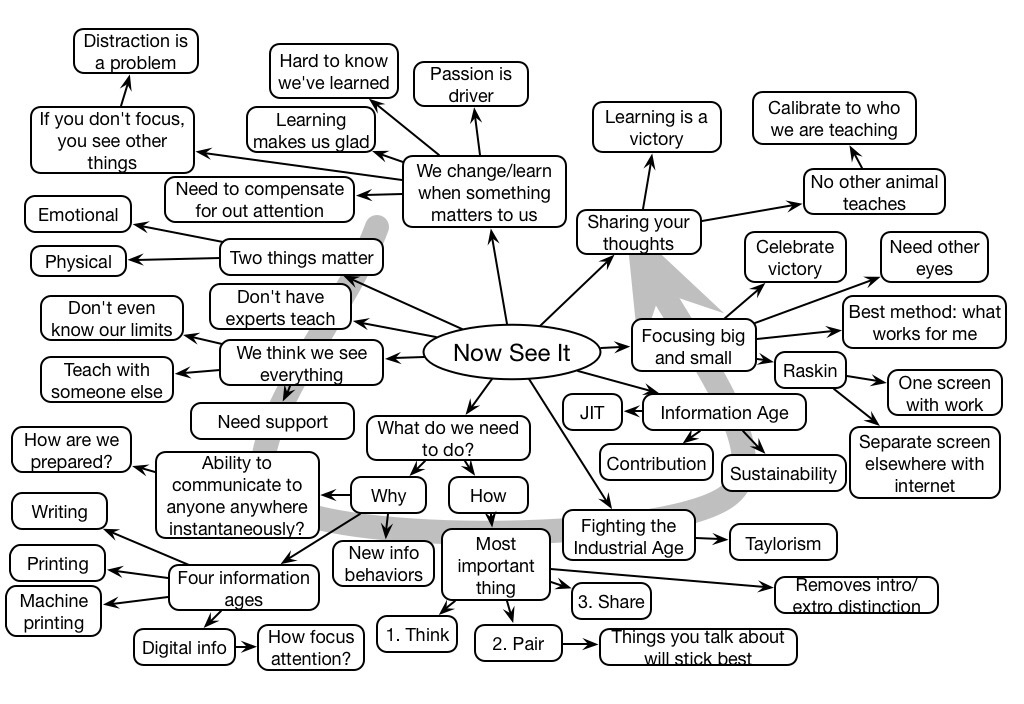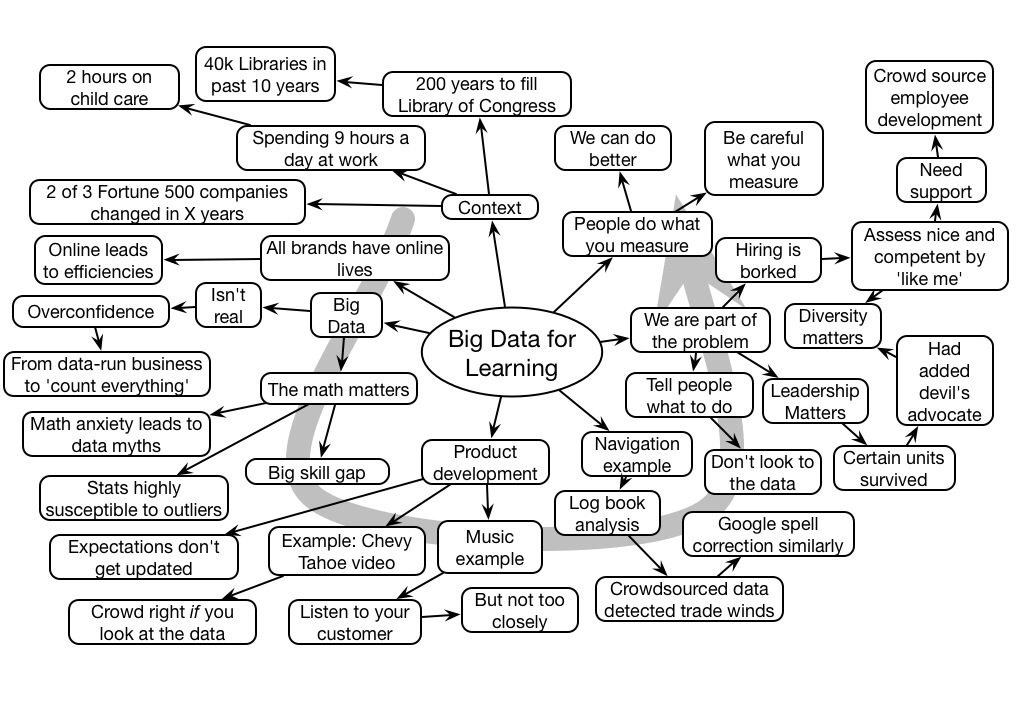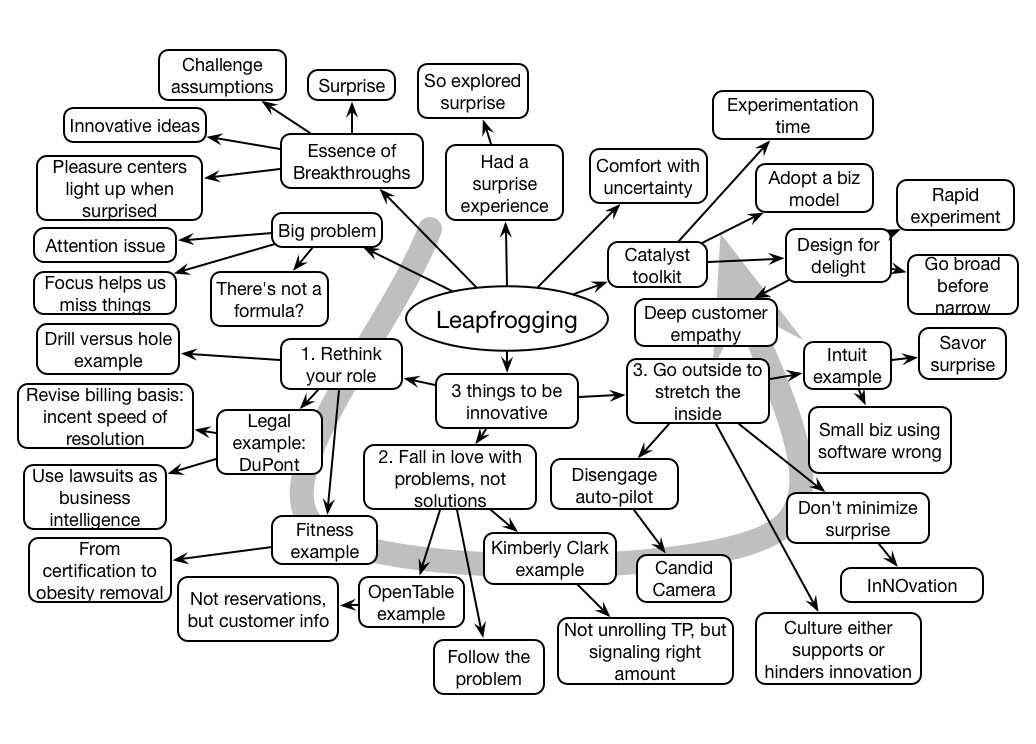The launch of the Manifesto has surfaced at least a couple of issues that are worth addressing. The first asks who the manifesto is for, and what should they do differently. That’s a principled response. The second is just how to work differently in the existing situations where the emphasis is on speed. That’s a more pragmatic response. There are not necessarily easy answers, but I’ll try. Today I’ll address the first question, and tomorrow the second.
To the first point, what should the impact be on different sectors? Will Thalheimer (fellow instigator), laid out some points here. My thoughts are related:
- Tool vendors should ensure that their tools can support designers interested in these elements. In particular, in addition to presentation of multimedia content, there needs to be: a) the ability to provide separate feedback for different choices, b) the ability to have scenario interactions whereby learners can take multistep decision paths mimicking real experiences, and c) the ability to get the necessary evaluation feedback. In reality, the tools aren’t the limitation, though some may make it more challenging than others. The real issue is in the design.
- We’d like custom content houses (aka elearning solution providers) to try to get their clients to allow them to work against these principles, and then do so. Of course, we’d like them to do so regardless! I’ve argued in the past that better design doesn’t take longer. Of course, we realize that clients may not be willing to pay for testing and revision, but that’s the second part…
- …we’d like purchasers of custom content to ask that their learning experiences meet these standards, and expect and allow in contracts for appropriate processes. If you’re going to pay for it, get real value! Purchasers need to become aware that not meeting these standards increases the likelihood that any intervention will be of little use.
- Similarly, if you’re buying pre-made content (aka shelfware), you should check to see if it also meets these standards. It’s certainly possible!
- Managers and executives, whether purchasing or overseeing in-house teams, ideally will be insisting that these standards be met. They should start revising processes both external (e.g. RFPs) and internal (templates, checklists and reviews) to start meeting these criteria.
- And designers and developers should start building this into their solutions (within their constraints) while beginning to promote the longer term picture.
Of course, we realize that there are real world challenges. The first is that the internal elearning unit will have to be working with the business units about taking a richer and more meaningful approach. Those units may not be ready to consider this! The ‘order taker’ mentality has become rife in the industry, and it’s hard for a L&D unit to suddenly change the rules of engagement. It will take some education around the workplace, but to ensure that the efforts are really leading to meaningful change mean it’s critical.
The second caveat is that not all of these elements will be addressable from day 1. While we’d love that to be the case, we recognize that some things will be easier than others. Focusing on meaningful objectives and, relatedly, meaningful practice are the two first priorities. (While I suspect my colleagues might instead champion measurement, I’m hopeful that making more meaningful practice will drive better outcomes. Then, there’ll be a natural desire to check the impact.) When the meaningful focus is accomplished, trimming extraneous content becomes easier.
The goal is to hit the core eight values first, as these are the biggest gaps we see, and integrate many of the principles: performance focused, meaningful to learners, individualized challenges, engagement-driven, authentic contexts, realistic decisions, real-world consequences, and spaced practice. With those, you’ve got a real start on making a difference. And that’s what we’re about, eh? We hope you’ll sign on!



